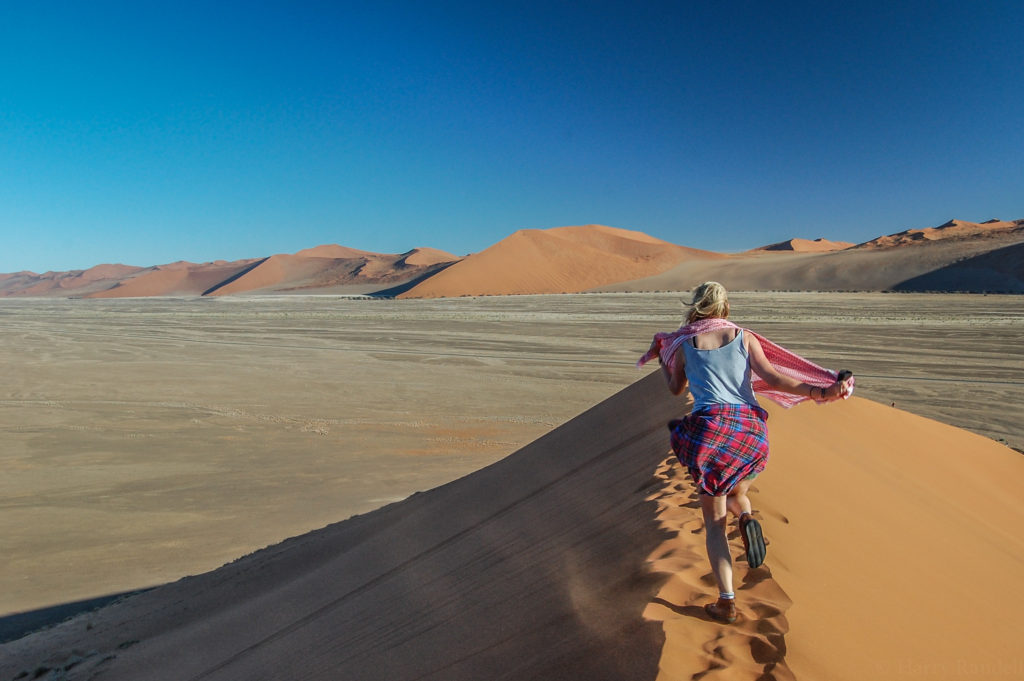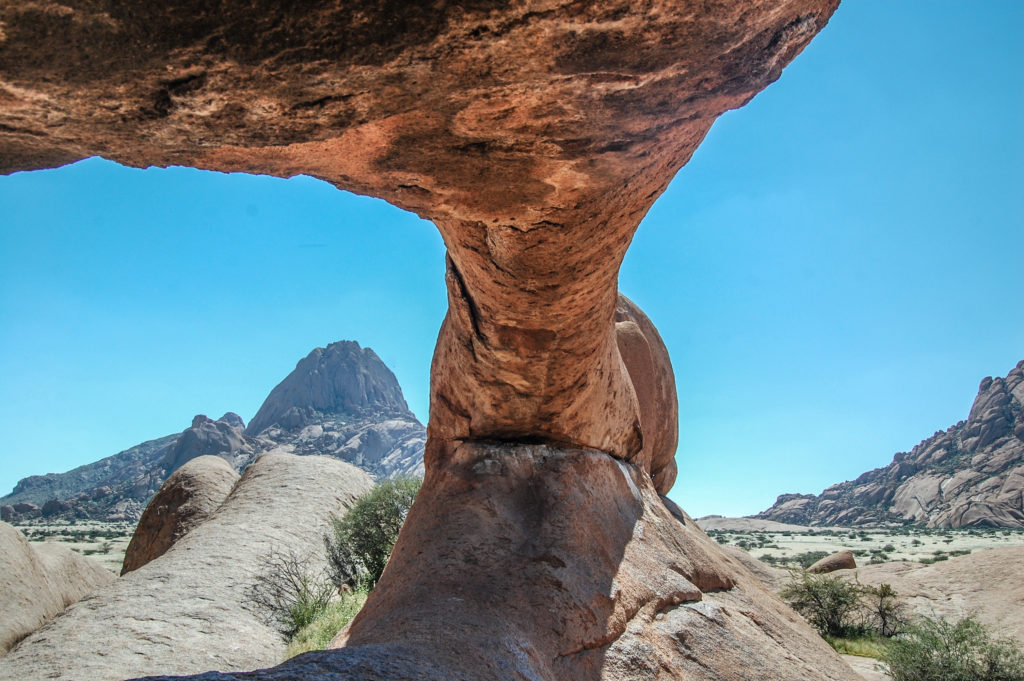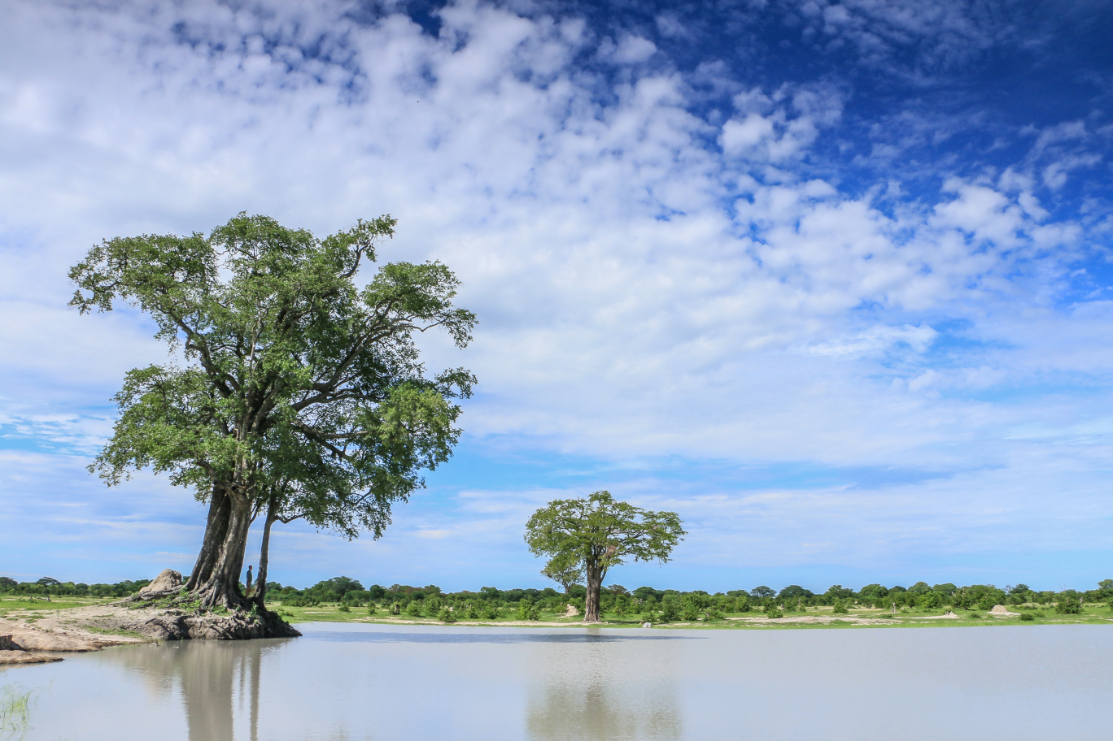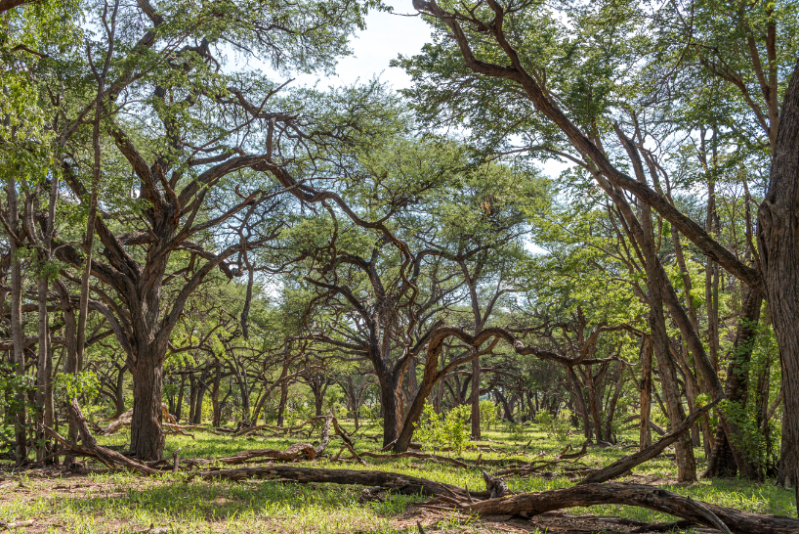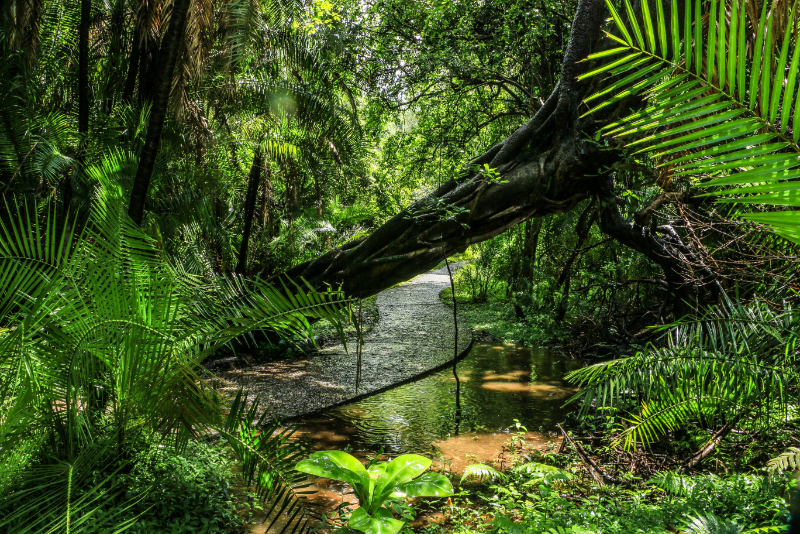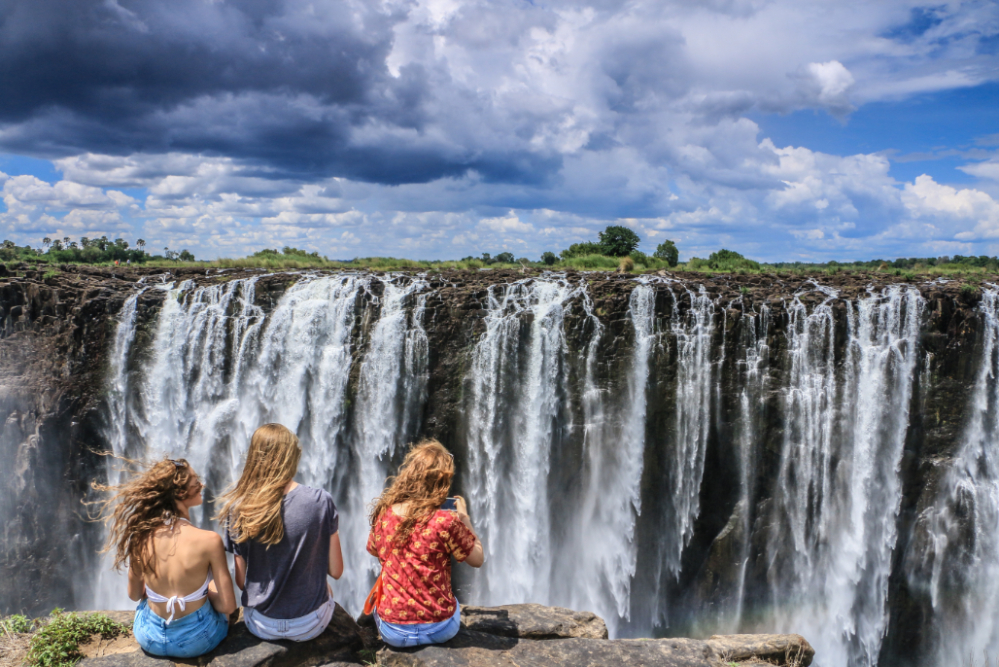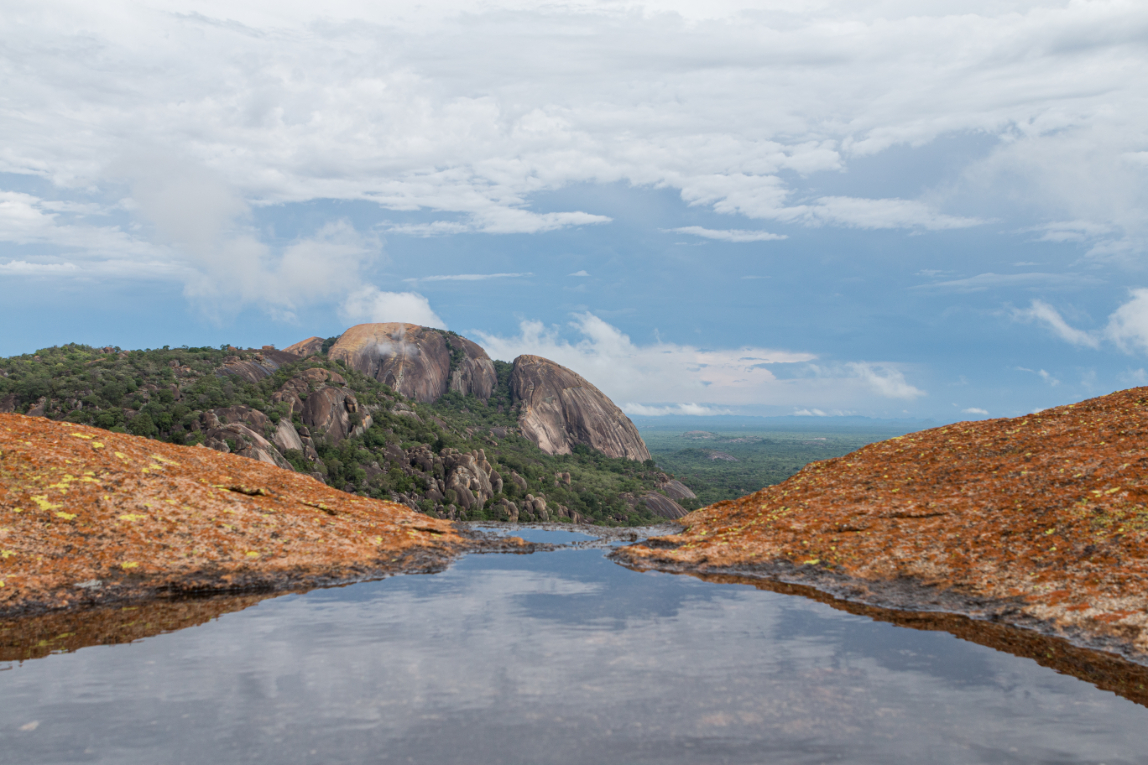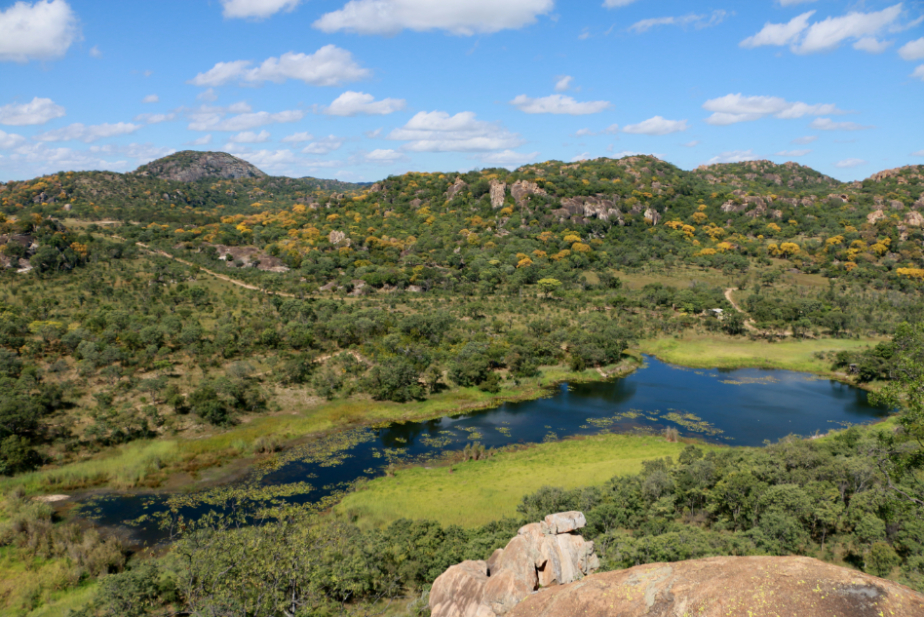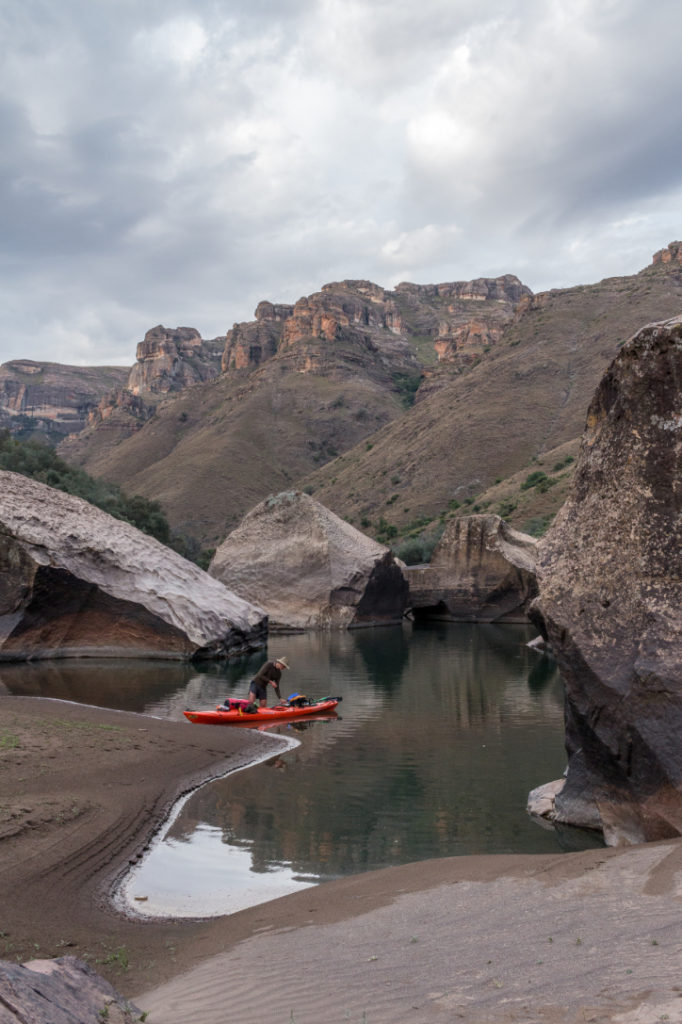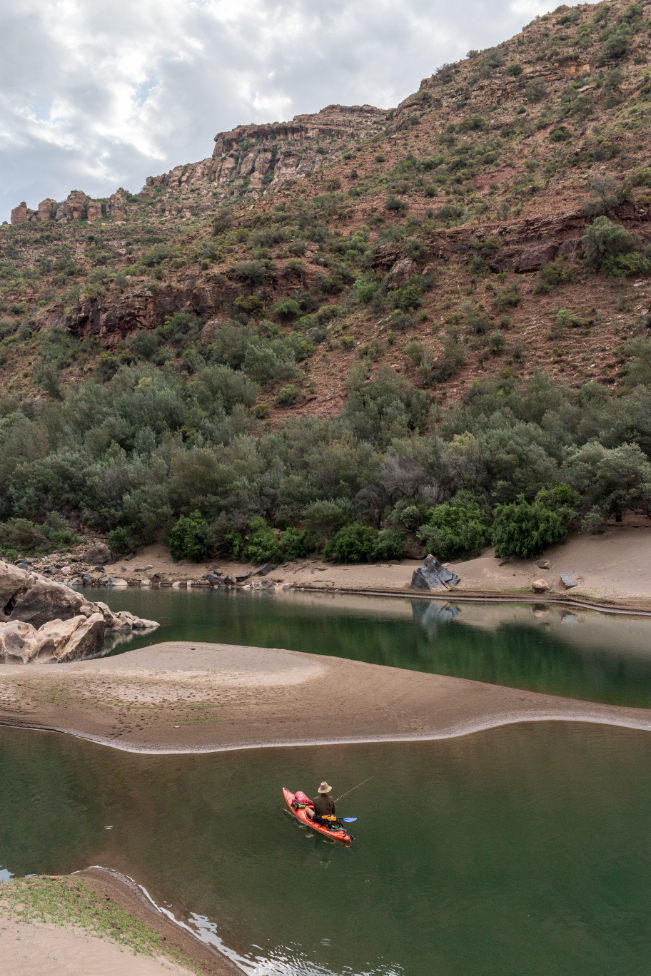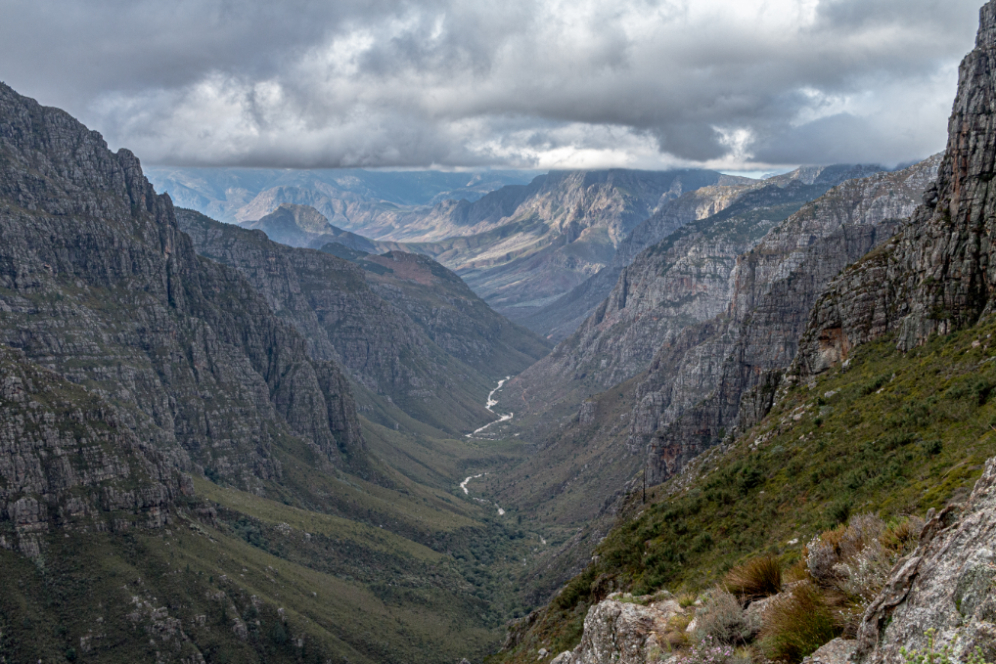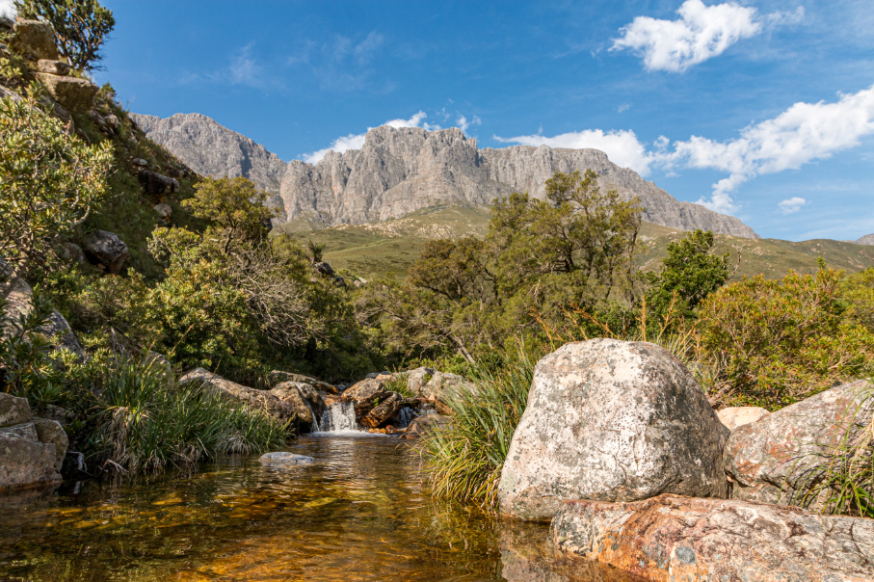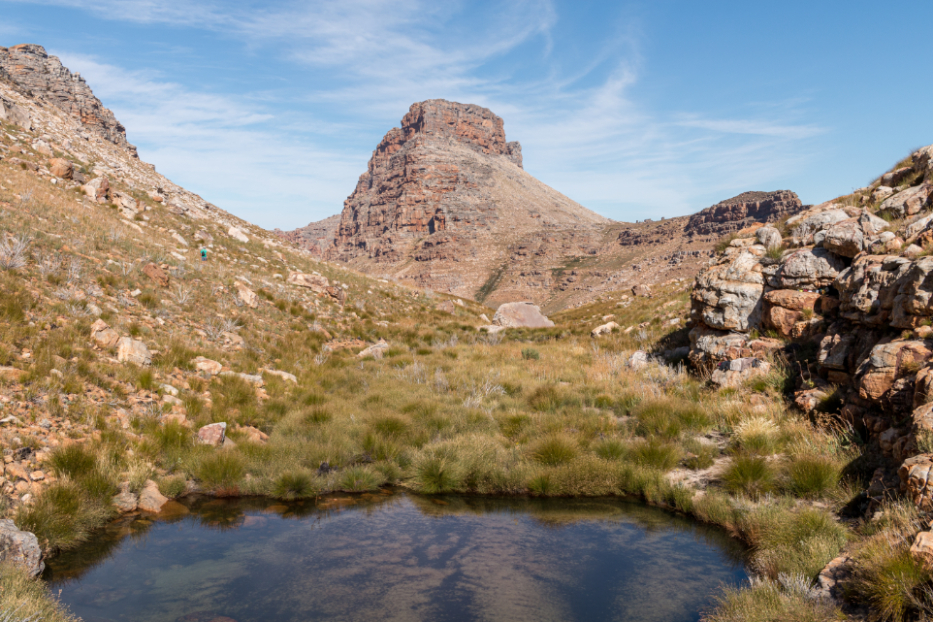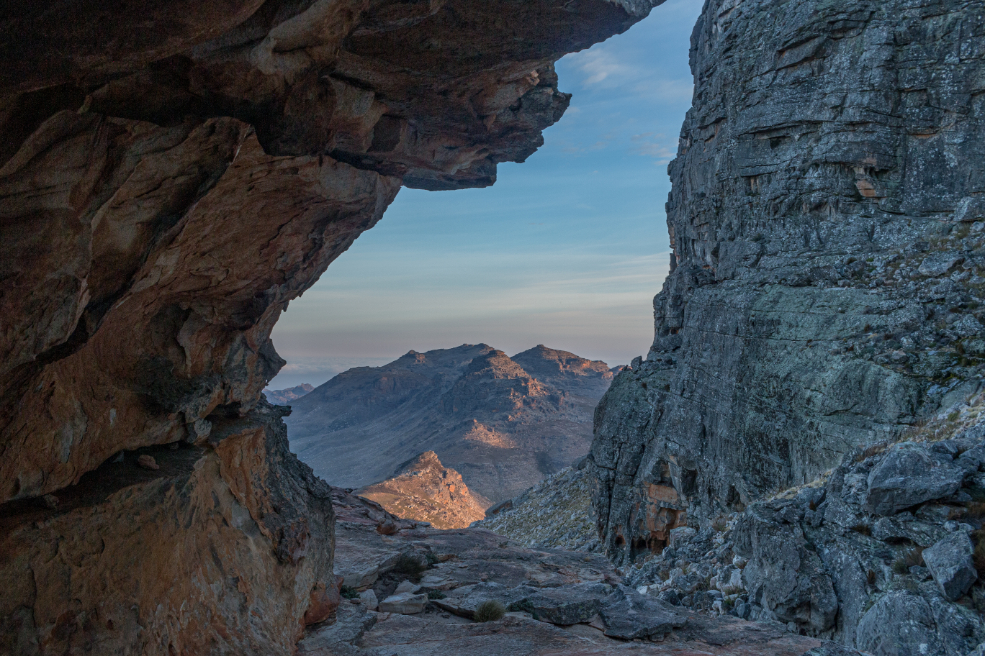Having grown up on a farm in Zimbabwe, photographer Harry Randell has always had an appreciation for nature, life away from the big city and the daily customs of people who live in rural areas.
“I’ve found it interesting to discover people making a living in the different rural regions I’ve travelled to,” he says. Indeed, in southern Africa, harsh climates and rugged environments make for resourceful inhabitants and fascinating ways of life.
Harry has travelled extensively across southern Africa with his family, visiting dozens of national parks along the way, and fine tuning his skills and passion as a landscape and adventure photographer.
Here, Harry shares with us some of this favourite photos and destinations from his adventures across the continent.
Namibia
A common stop for travellers into Sossusvlei, the small town of Solitaire is famous for its homestyle bakery – in the middle of nowhere – and rusting population of discarded vehicles.
The bakers live and work in the desert; and their reputation as a desert absurdity is matched only by the reputation of their delicious food.
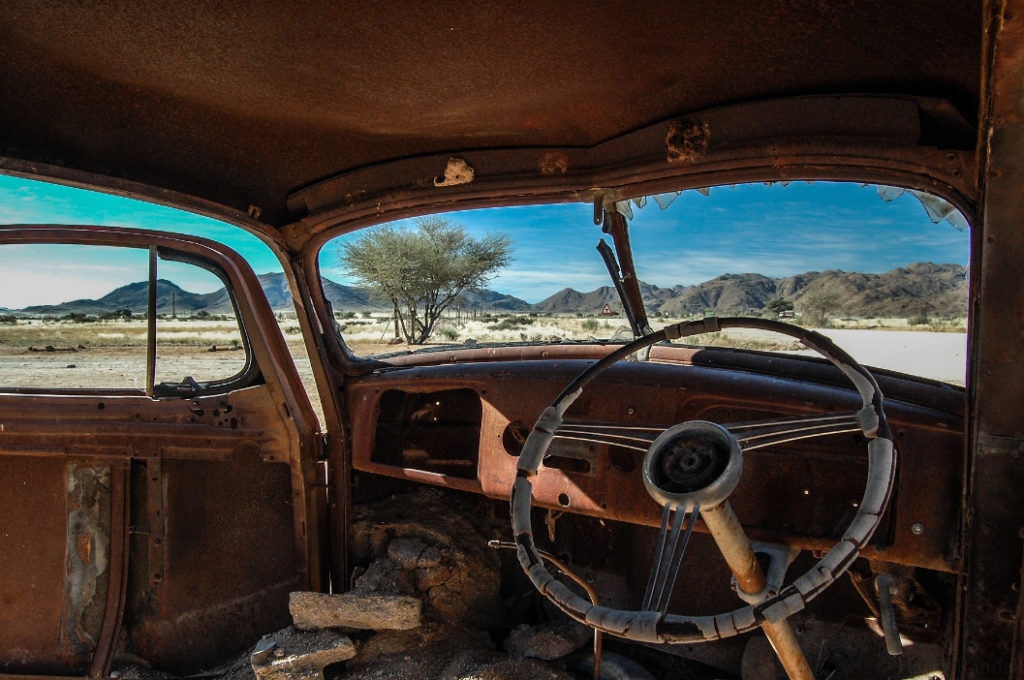
This angle of looking through the weathered windscreen portrays the interminable nature of the desert; the viewer gets the impression of a driver watching the slow, quiet world go by outside.
Thick sand makes for a deceptively hard ascent up one of the dunes in Sossusvlei, but the ridge will reward you with a vast panoramic view. The contrast of red sand with clear blue skies is striking.
Sossusvlei Spitzkoppe
The bold outcrop of rock at Spitzkoppe provided an enjoyable stop over for my family on our way back to Windhoek from Swakopmund. We found sheltered rock pools and climbed the large domes that stick out from the otherwise flat grassland.
Kubu Island, Botswana
Out on the Sua Pan lies a small cluster of granite rocks dotted with baobabs (Adansonia digitata) and star-chestnuts (Sterculia africana), which is a fascinating place to explore whilst travelling through Botswana.
It’s believed to have been a trade stop en route to Great Zimbabwe. I imagine it was a welcome stop over for travellers across the vast salt pans.
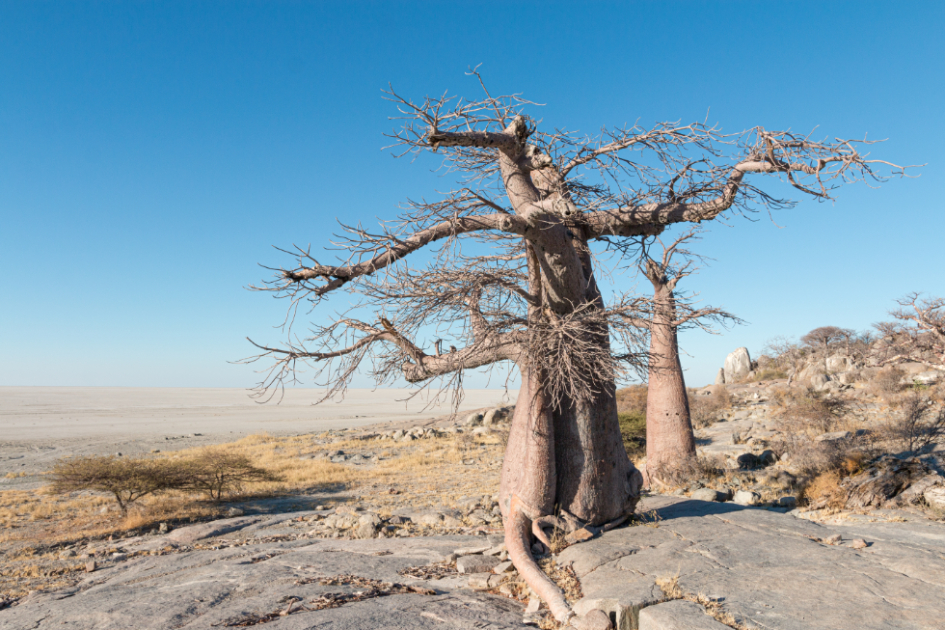
We had fun picking a direction from the camp and driving out as far as we could into the white canvas that surrounds the island, until the outcrop was no more than a dark blot in the mirage. We also discovered that underneath the crusty layer of salt is thick, dark clay making it easy to find yourself stuck. Without light pollution on the horizon, the stars were spectacular.
Hwange National Park, Zimbabwe
During a game drive from Bomani Tented Lodge we came across an old leadwood (Combretum imberbe) at our tea stop close to a waterhole.
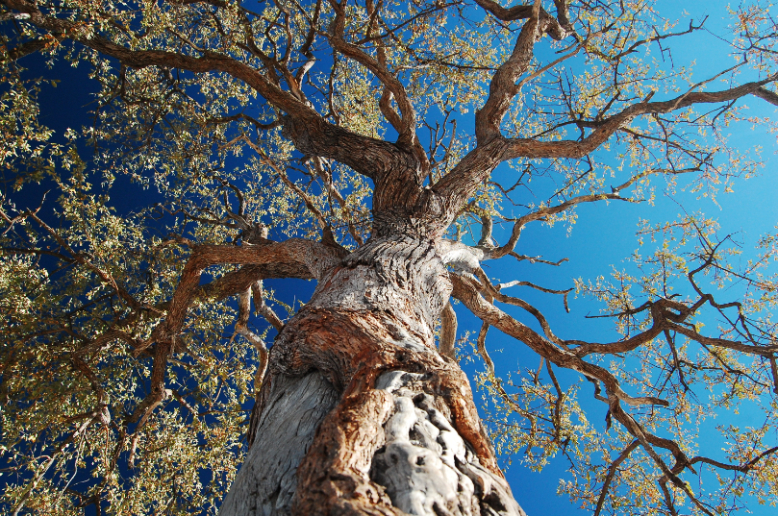
Towards the base of the trunk, the bark has been smoothed down where elephants have ground their tusks against the tree. I like the gradient change in the blue of the sky throughout this photo, an unintentional effect created by the angle of the sun in the lens.
Shapi Pan is one of my favourite waterholes in Hwange. The towering jackalberry trees (Diospyros mespiliformis) provide shade under which to sit and enjoy watching the resident hippopotamus wallowing in his home, equally curious of his observers.
Shapi Pan Camelthorn forest
The spectacular camelthorn (Acacia erioloba) groves dotted around this park are a must see for travellers in this area, and the animals seem to share enthusiasm for these shaded glades.
Elephant damage usually dominates the undergrowth, as the animals enjoy feeding on the velvety fruit of these trees.
Victoria Falls, Zimbabwe
It seems unlikely that such a rainforest setting should be found anywhere in hot and dry Zimbabwe, but the spray from Victoria Falls creates this unique, lush ecosystem of shade and water loving greenery alongside the waterfall.
The girls in the above photo are friends of mine, sitting at the edge of the Victoria Falls gorge whilst water from the Zambezi River cascades down a 100m drop opposite them. This is an impressive place to visit in the wet season and the presence of dark rainclouds that day made this photograph even more dramatic, further emphasised by the girls’ lashing hair in the wind.
Matobo National Park, Zimbabwe
This view of Silozwe Mountain can be appreciated upon reaching the top of Silozwe Mountain in the Matobo Hills. There is an intriguing cave halfway up the climb, richly decorated with bushman paintings from aeons gone by.
Silozwe Mountain Mesilume Dam
Mesilume Dam is a favourite campsite of mine among the balancing rocks of Matopos. There are various drives through the boulder formations and lots of hiking to be done, quickly ascending to impressive heights with exceptional views over the mountain range. Autumn is a wonderful time to visit and witness the senescence of the white seringa trees (Kirkia acuminata) whose leaves flush yellow and stand out against the evergreens.
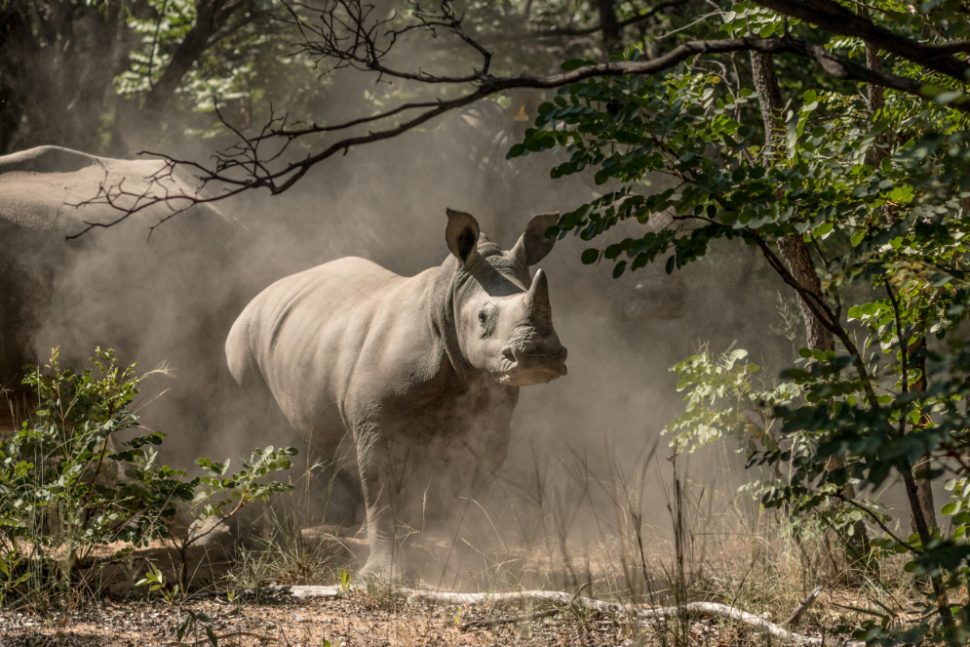
This white rhino crash was dozing just off the circular drive around the park, and we crept up on them on foot with a ranger leading us closer until the family caught wind of us. They leapt up in a startled flurry of leaves and dust and the ranger immediately began to speak and whistle to them, setting them at ease at the first sound of his voice. The rangers are very familiar to these rhinos, as they spend every moment of the day with them in order to protect the animals from poachers.
Senqu River, Lesotho
On an expedition two of my friends undertook to complete the length of the Orange River from source to sea by kayak, I was fortunate enough to join in for their first eleven days through the Lesotho highlands. We made camp on the banks of the river and strayed no more than one hundred meters from its banks throughout the trip, fishing at lunch stops (usually to no avail!).
In Lesotho, we would often come across people fishing on the banks, and cattle navigating the steep cliffs to get to the water below. This river has made it possible for the Basotho people to farm the highlands, the only country in the world which is entirely above 1400m in altitude.
Fun was to be had in climbing large rocks in the Senqu river and leaping from them into the deep pools along our route. We seemed to be the only people for miles, seeing no other boats for ten days and enjoying the river to ourselves.
Jonkershoek Nature Reserve, South Africa
This park near Stellenbosch offers breath-taking views along multiple hiking trails. Notably, the Panorama Trail meanders along the ridgeline of the area and this stop at Bergriviernek rewards hikers with one final vista overlooking the source of the Berg river, before descending back into the Jonkershoek valley.
The Eerste River (pronounced ‘ear-ster’ with a roll on the ‘r’) flows from its source in Jonkershoek Nature Reserve through the tourist and student town of Stellenbosch. There are pleasant hiking trails alongside it with waterfalls that can be easily reached and are frequented by students on weekends.
In South Africa, the mountain biking and hiking trails require consistent maintenance, and the people that work these trails have fun creating the routes and keeping them unobtrusive to nature in many of South Africa’s spectacular reserves.
Cederberg Wilderness Area, South Africa
Tafelberg can be seen on the far left, also called Kettelberg for its resemblance to a teapot from this angle; its spout apparent to the right of the great sandstone table.
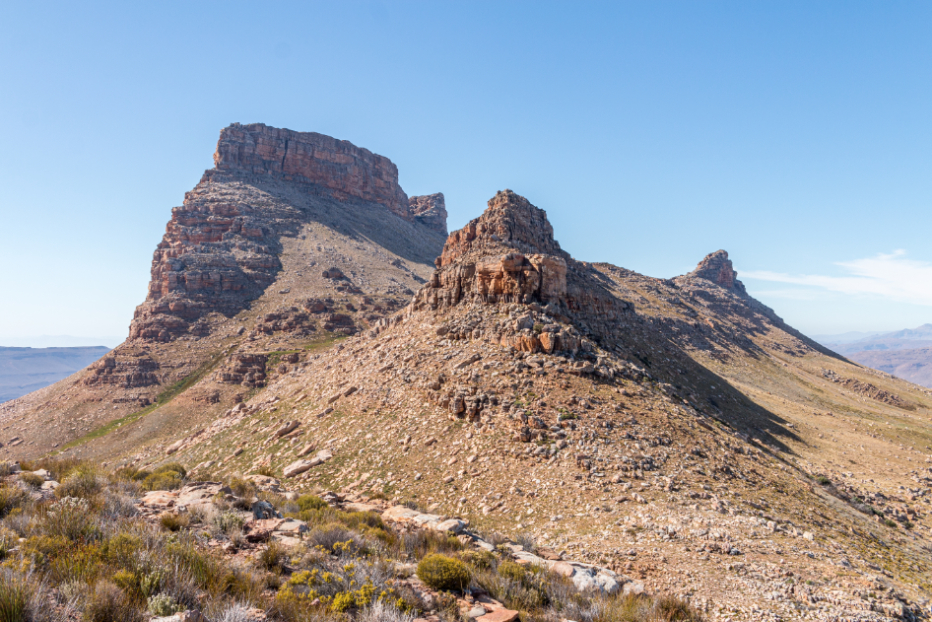
On a data collection trip into the Cederberg we found ourselves camping at this beautiful pool, after hiking far off the trail in search of snow proteas (Protea cryophila).
A campsite off the beaten track Spout cave
View from Spout cave on Tafelberg. The wind overnight was howling, and we were grateful for our shelter otherwise wind chill would have made it impossible to sleep up there without extreme cold weather gear.
Ceres, South Africa
Snow in South Africa is perceived as a relatively uncommon occurrence, but in winter 2020 it was to become a regular sight on the mountains of the Western Cape.
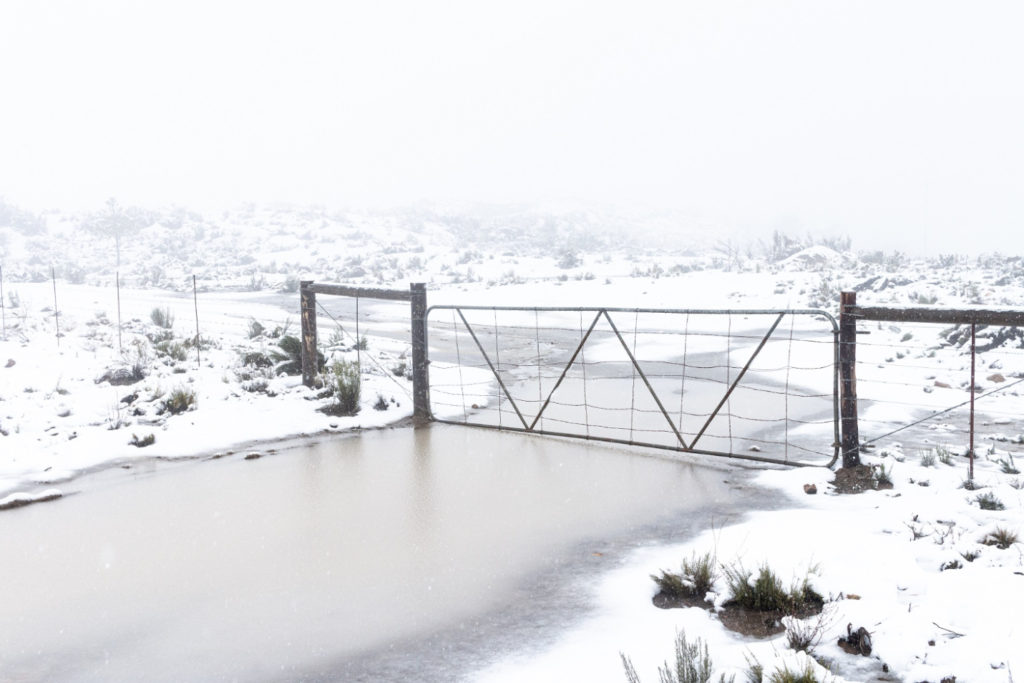
On the first occasion of snow, I piled into a car with my housemates and we drove through Ceres and towards the Matroosberg Nature Reserve, to catch it falling around us.
More information
See more of Harry’s wonderful photography by following him on Instagram: or visit his website, Big Picture Photographics.
